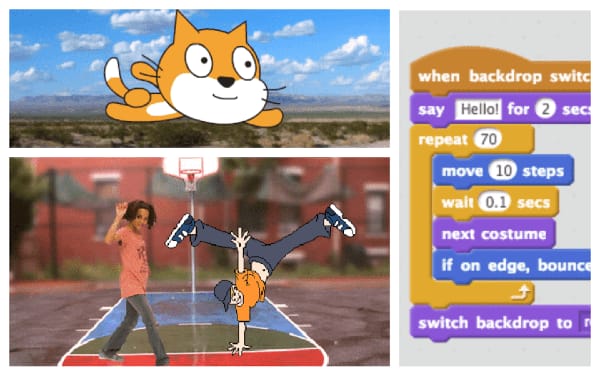What Is Hour Of Code?
The Hour of Code started as an introduction to computer science created by Code.org. The program was designed to celebrate coding and raise awareness. It was intended to be a quick way to show that anybody can learn the basics of coding, with the goal of broadening participation in the field of computer science. Today it's become a global movement, with participation in 180 countries and 45 different languages. Millions of students participate, enjoying tutorials and activities for one hour.
The Hour of Code takes place each year during Computer Science Education Week. Which is held annually, typically in December, in recognition of the birthday (December 9, 1906) of computing pioneer Admiral Grace Murray Hopper. This year it will take place December 4-10, 2025.





















